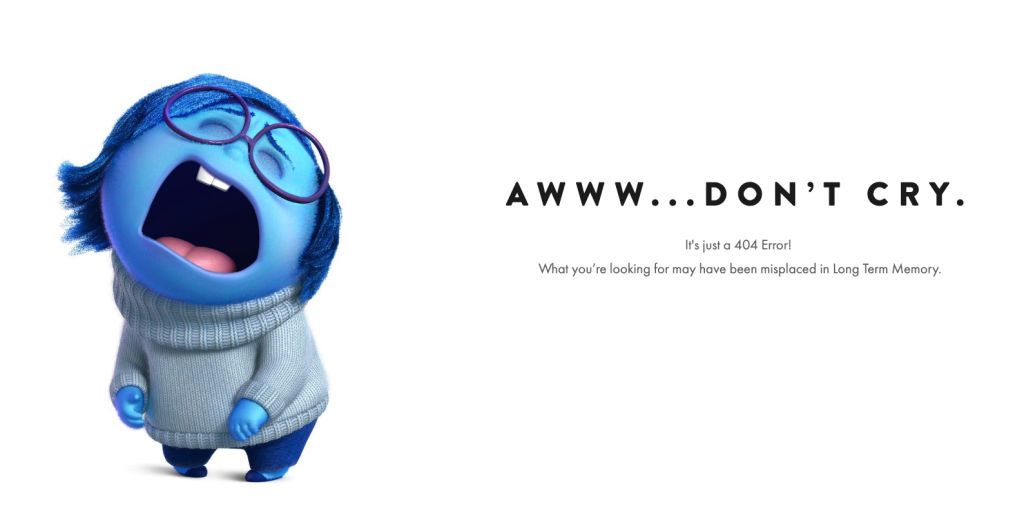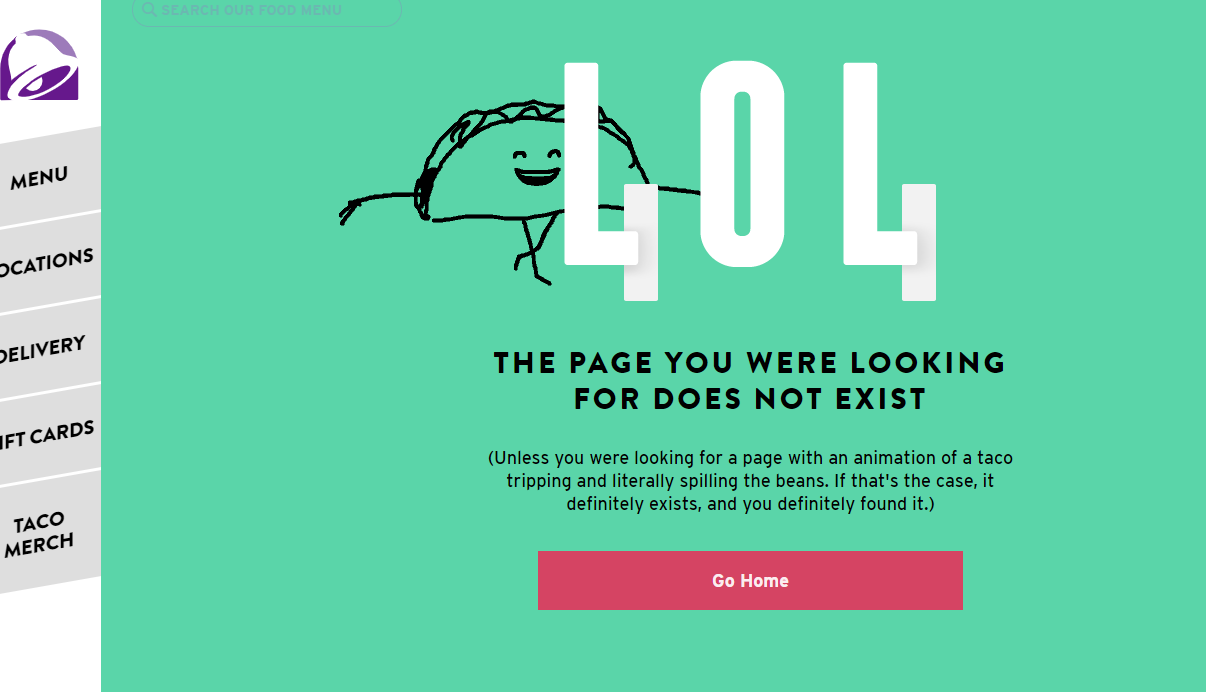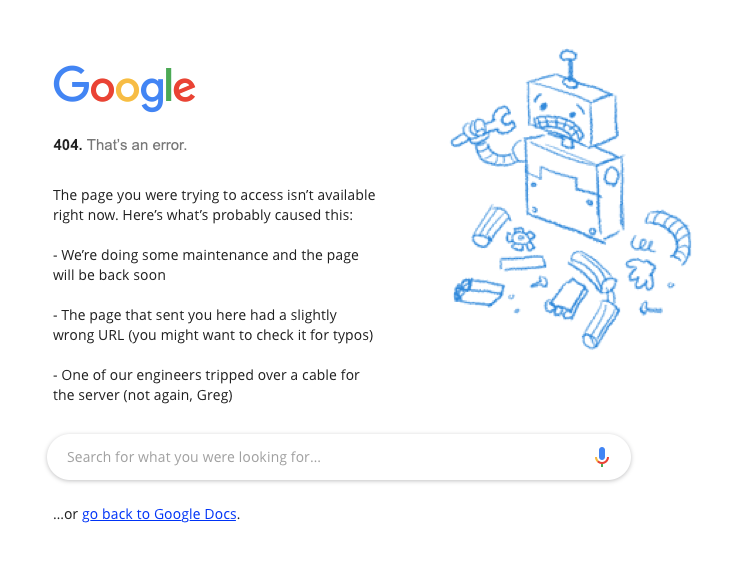

Simplicity often comes with its own power. Like a 00's search engine, they show delinquent visitors a list of all the projects, categories and showcases some popular design projects in an effort to help them get back on track. Another example of a website 404 page that deeply understands why their customers are there, and then works hard to give those customers that content wherever they go.īehance, a similar site to Dribbble that offers visual inspiration for designers is a little more sterile by comparison. It definitely helped it make this list!ĭribbble is a website for designers looking for inspiration, so what better way to help a lost visitor than letting them pick a colour and giving them links to designs of that colour. CanvaĪ fun little game is a great way to entertain your lost visitors if you have the time to put one together. Probably a testament to their engineering roots and focus on finding just the right answer every time. Just an image of a broken robot and a simple almost technical error message. Search and back to the homepage are the two standard actions a user might want to take from that point.
404 not found page movie#
Amazon also immediately takes responsibility for the error (even if it is not their fault) - with 'SORRY' in large capitals notifying the user that this is not the right page.Īn oblique movie reference, a little explanation and a chance to look at a curated photo list means even users who arrived there by accident are likely to hang around for a little longer.Ī mind bending photo and a matching idiom combine as a subtle testament to the power of Adobe's photo editing suite. Say hi to the dogs! Amazon uses the 404 page to give you some insight into their company culture (including obligatory cute puppy pictures). Here, we look at how 20 large companies handle their 404 pages - how they use them to recover the poor experience of arriving at a dead link, and how they take responsibility for the failure while redirecting their users towards greener pastures, often throwing in a little brand development and humour at the same time. That's why the humble 404 page has become such an important part of every website - even when the goal is never to have a customer see it.


Your customer has typed the wrong address, or they've visited a page that no longer exists, or someone, somewhere has made a mistake and there is a link to your site that leads to a dead end.Įvery good UX designer and product manager recognises that while you focus on solving the biggest problems a user has first, you need to accommodate when they go off script too. The 404 page of every website - a page which many companies spend a great amount of time working on, while hoping that no customer will ever see it.īecause when a customer sees your 404 page, it means something has gone wrong.


 0 kommentar(er)
0 kommentar(er)
